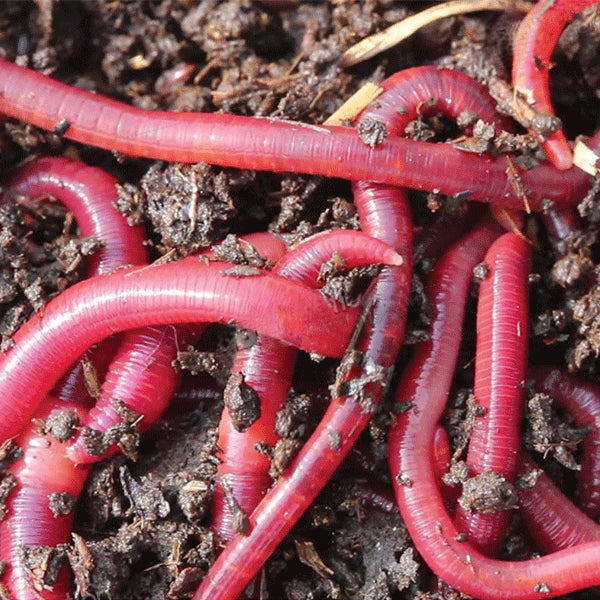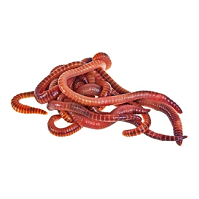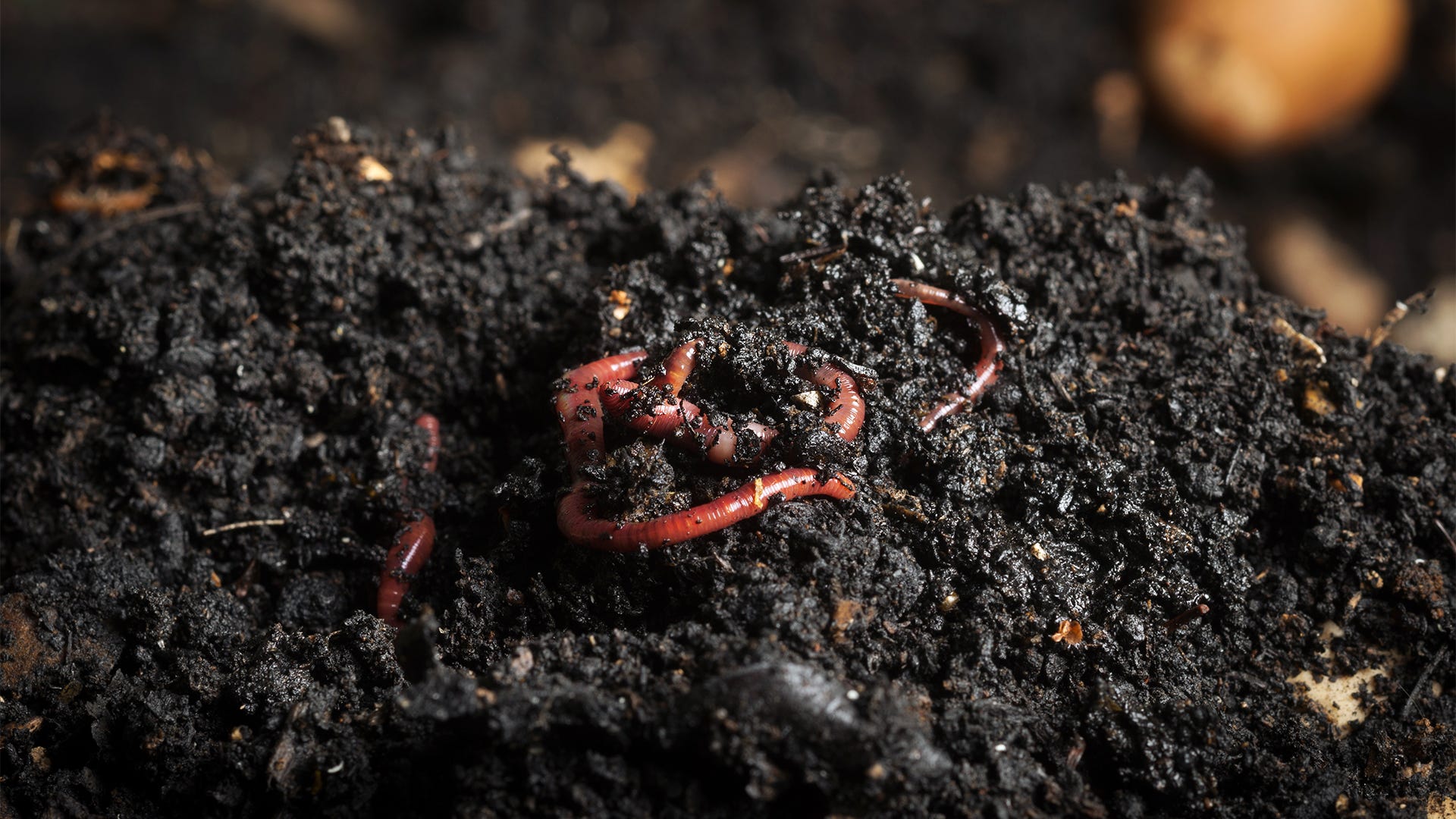Active red worms: Make composting easy
Active red worms: Make composting easy
Blog Article
Leading Benefits of Using Red Wigglers for Vermiculture
The usage of red wigglers, or Eisenia fetida, in vermiculture provides numerous engaging advantages that prolong beyond mere composting. As we check out these advantages even more, it comes to be noticeable that the ramifications of incorporating red wigglers into agricultural methods are both extensive and far-ranging.

Enhanced Dirt Fertility
Enhanced dirt fertility is a vital component of lasting farming, and red wigglers play a vital function in this process. As a species of earthworm, red wigglers (Eisenia fetida) are especially efficient in enhancing dirt health and wellness through their all-natural actions and biological features. They take in natural waste, damaging it down into nutrient-rich spreadings that substantially boost soil structure and nutrient accessibility.
The spreadings produced by red wigglers are rich in crucial nutrients, consisting of nitrogen, phosphorus, and potassium. These nutrients are conveniently obtainable to plants, promoting durable development and greater yields. In addition, the existence of red wigglers in the dirt enhances microbial activity, more adding to nutrition cycling and dirt oygenation. This biological activity fosters a much more durable soil ecosystem, which can much better stand up to environmental stress and anxieties such as dry spell or pest problems.
Integrating red wigglers into farming methods not only increases soil fertility but also decreases the demand for artificial fertilizers, lining up with natural farming principles. As a result, utilizing red wigglers in vermiculture stands for a sustainable technique to dirt monitoring, inevitably sustaining the long-lasting viability of agricultural systems.
Quick Decomposition Refine
The fast disintegration process facilitated by red wigglers is an impressive sensation that substantially benefits both composting and soil wellness. These earthworms, known clinically as Eisenia fetida, play a critical duty in damaging down organic matter effectively. By eating cooking area scraps, plant particles, and other natural waste, red wigglers convert these products right into nutrient-rich spreadings at an increased price.
The procedure begins as the worms consume raw material, where it is then digested in their specialized gizzards - red wigglers. This malfunction not only lowers the volume of waste yet also enhances the schedule of essential nutrients. As red wigglers eliminate castings, they release a by-product that is bristling with valuable microbes, which additionally help in disintegration and improves the compost
(red wiggler compost bin)In addition, their burrowing activities freshen the compost, advertising optimum microbial activity. This vibrant atmosphere increases decomposition, causing a much faster turnover of organic product into usable garden compost. Subsequently, garden enthusiasts and farmers can delight in quicker access to premium compost, consequently enhancing their ability to support plant development and general soil vigor. The efficiency of red wigglers in the decomposition process is thus essential for sustainable composting practices.
Enhanced Soil Framework

Additionally, the castings generated by red wigglers are abundant in advantageous microorganisms and nutrients, which advertise a healthy and balanced dirt community. These spreadings improve the soil's moisture retention ability, minimizing the need for constant watering. As the raw material is broken down into better fragments, it increases the soil's aggregate stability, protecting against erosion and compaction.
The presence of red wigglers additionally cultivates a diverse microbial neighborhood, which plays a vital duty in vitamins and mineral biking. This diversity even more improves dirt fertility and resilience, permitting it to support a large range of plant.

Reduction of Waste
Vermiculture using red wigglers plays a crucial function in the decrease of waste, specifically organic waste that would certainly or else end up in landfills. The process of vermicomposting efficiently transforms various kinds of natural materials, such as food scraps, backyard waste, and paper products, right into nutrient-rich vermicast. This not only diverts waste from garbage dumps however likewise decreases the environmental effect related to waste disintegration in these websites, which commonly creates hazardous greenhouse gases like methane.
By employing red wigglers, people More about the author and businesses can manage their organic waste much more sustainably. These worms have an impressive ability to consume significant quantities of natural material, transforming it into beneficial garden compost that can be utilized to enhance dirt. This procedure not only minimizes the quantity of waste yet likewise extends the life-span of land fills, inevitably adding to squander management options.
In addition, taking on vermiculture techniques urges a culture of recycling and sustainability. As more people recognize the advantages of composting with red wigglers, the collective influence on waste reduction comes to be progressively considerable. In summary, using red wigglers for vermiculture provides a reliable technique for minimizing natural waste while boosting ecological stewardship.
Raised Microbial Activity
While participating in vermicomposting, the existence of red wigglers dramatically improves microbial task within the composting system. These earthworms develop a helpful environment for advantageous microbes by freshening the compost and breaking down organic material. As the worms eat food scraps and other organic waste, they eliminate nutrient-rich castings, which function as a habitat and food source for varied microbial communities.
The increased microbial activity assists in the fast decomposition of natural issue, resulting in a lot more effective vitamins and mineral biking. This process not just speeds up garden compost growth however also improves the overall top quality of the last item. Microbes, such as bacteria and fungi, thrive in the worm-rich environment, resulting in a higher focus of essential nutrients like nitrogen, phosphorus, and potassium in the garden compost.
Additionally, the synergistic connection between red wigglers and germs adds to microorganism suppression and boosts dirt health. By fostering a robust microbial populace, vermicomposting with red wigglers advertises biodiversity in the garden compost, eventually resulting in richer, healthier dirt for plant growth. Therefore, the function of red wigglers in increasing microbial task is essential for effective and sustainable vermiculture practices.
Verdict
In recap, the application of red wigglers in vermiculture supplies numerous benefits, including enhanced soil fertility, reliable decay of organic matter, and improved soil structure. Their one-of-a-kind burrowing habits not only promotes far better water retention but also help in the decrease of waste, adding to lasting waste monitoring methods. Moreover, the raised microbial activity promoted by their castings supports a flourishing ecosystem, eventually leading to much healthier plants and more resilient agricultural systems.
Report this page